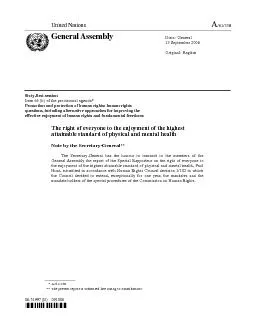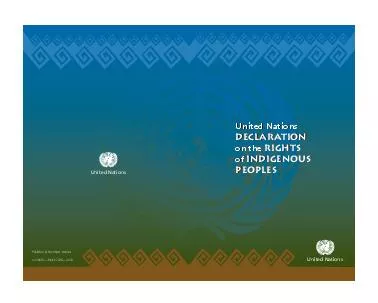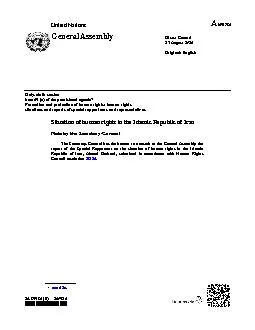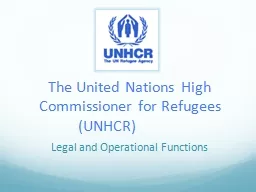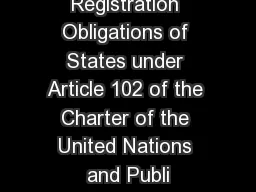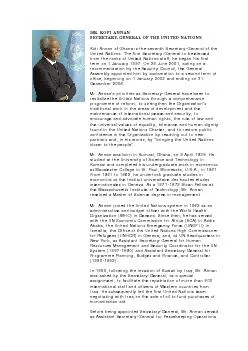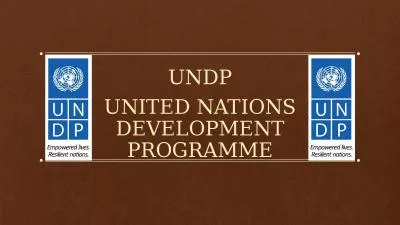PDF-United Nations General Assembly Distr
Author : pamella-moone | Published Date : 2015-02-20
General 13 September 2006 Original English 0651997 E 091006 Sixtyfirst session Item 66 b of the provisional agenda Promotion and protection of human rights human
Presentation Embed Code
Download Presentation
Download Presentation The PPT/PDF document "United Nations General Assembly Distr" is the property of its rightful owner. Permission is granted to download and print the materials on this website for personal, non-commercial use only, and to display it on your personal computer provided you do not modify the materials and that you retain all copyright notices contained in the materials. By downloading content from our website, you accept the terms of this agreement.
United Nations General Assembly Distr: Transcript
Download Rules Of Document
"United Nations General Assembly Distr"The content belongs to its owner. You may download and print it for personal use, without modification, and keep all copyright notices. By downloading, you agree to these terms.
Related Documents

